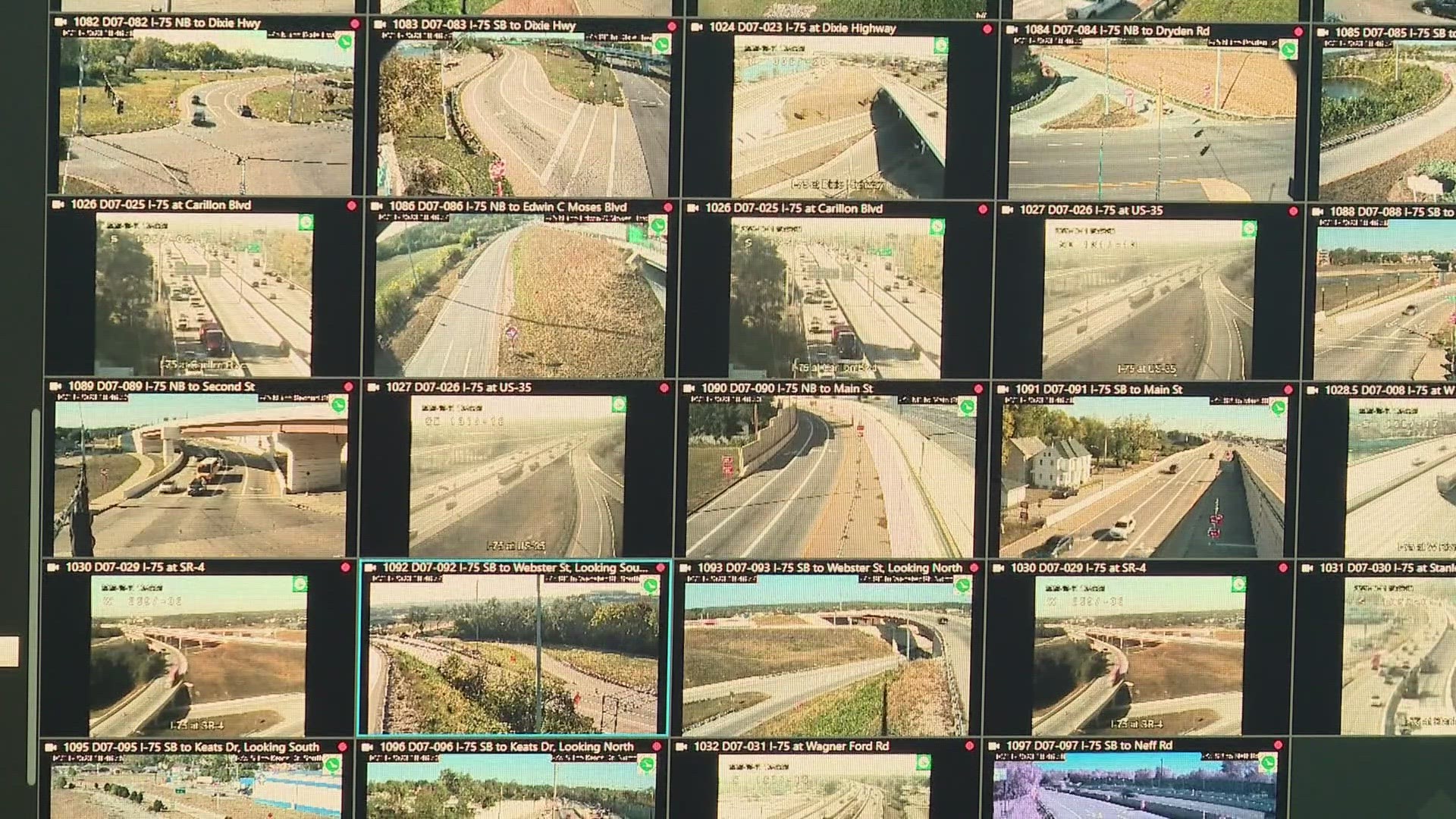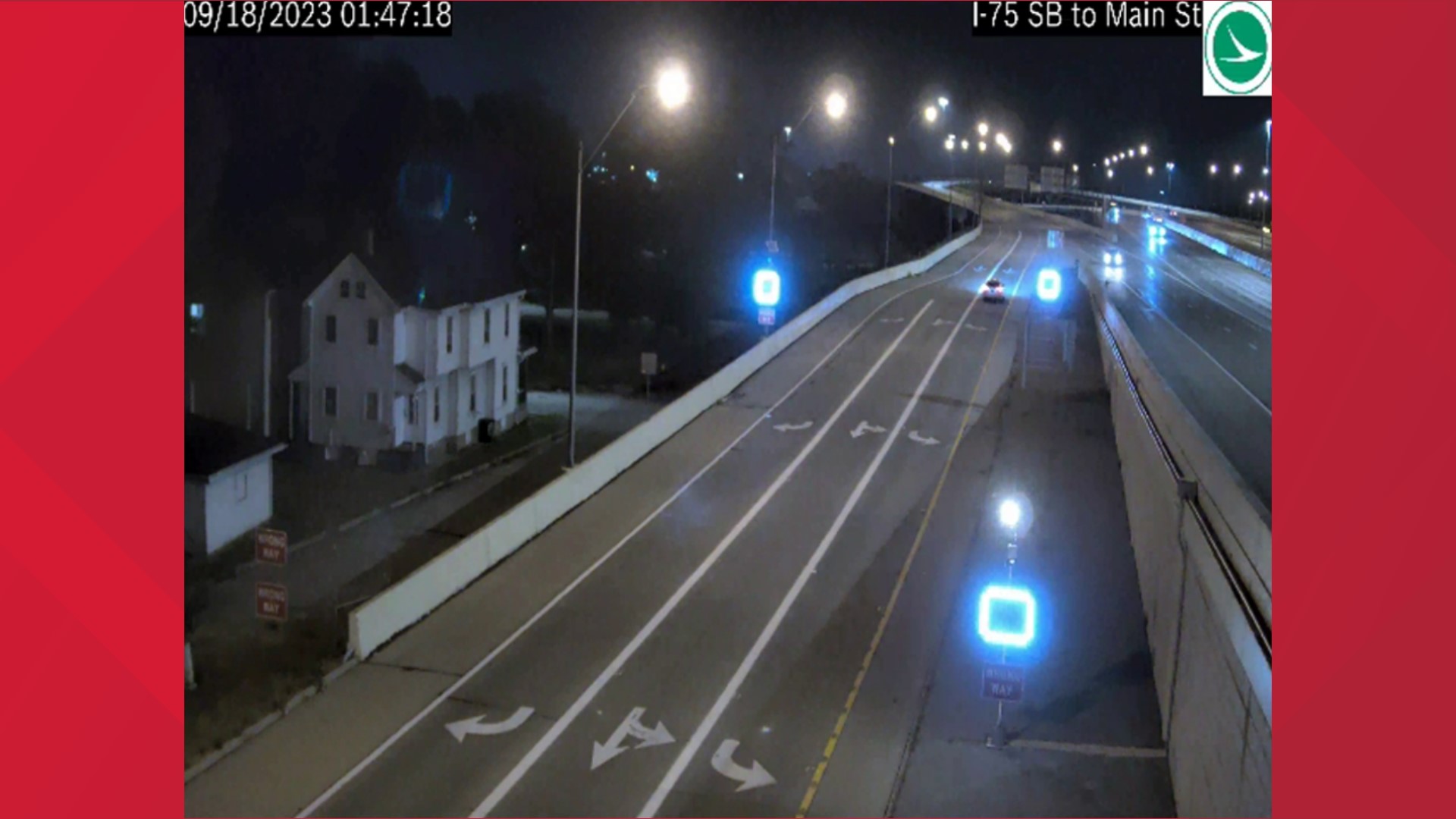COLUMBUS, Ohio — Crashes caused by wrong-way drivers are on the rise in Ohio, and there’s only one interstate ramp in Columbus that’s outfitted with technology that can detect them before they get on the interstate.
But 10TV’s investigative team has learned that won’t be the case much longer.
The Ohio Department of Transportation plans to invest $2.7 million into new wrong-way driver detection systems on 31 interstate ramps across the Columbus metro area. ODOT is working to finalize where the systems will go and plans to award a project contract next year.
The project is a large, but worthy, investment because it could save lives, according to ODOT spokesperson Matt Bruning.
The frequency of crashes caused by wrong-way drivers has steadily increased in the last decade. ODOT recorded 63 wrong-way crashes in 2013. Those reports were up to 105 crashes in 2022, which killed 12 people and seriously injured 35 others.
“These make up 0.01% of all crashes each year in the state of Ohio, so they’re extremely rare, but they’re 40 times more likely to be deadly when they do occur,” Bruning said.
Radar detection is already being used to detect wrong-way drivers on the Interstate 670 ramp near Neil Avenue, which ODOT identified as a problem area in 2015. The incoming systems will use radar and new camera technology that will detect wrong-way drivers and allow ODOT to track their routes in real time.
RELATED: Sister of local woman killed in wrong-way crash hopes technology can prevent future crashes
“It’s live. We’re watching that second-by-second, so we’re able to give law enforcement an update as we’re tracking that driver in real time,” Bruning said.
When the new system detects a driver going the wrong way on the interstate ramp, it will send an alert to ODOT’s traffic management center within seconds. From there, an operator will pull up the camera, confirm the driver is on the interstate, and then track their route and relay their movements to police.
The quick exchange of information from camera to operator to law enforcement is especially important because wrong-way drivers don’t typically make it far. Data shows that, on average, wrong-way drivers only travel about three quarters of a mile before crashing, Bruning said.
“It could be a game-changer from the standpoint of it takes minutes and miles and reduces them to seconds and feet,” Bruning said. “That’s really what we’re trying to do, is to be able to get that information to law enforcement quicker so they can respond.”
Detecting wrong-way drivers is only part of the equation. The new systems will also work to deter them. ODOT will install reflective signs and flashing lights on the ramps to warn drivers they’re going the wrong way. The hope is that drivers will turn around before they ever enter the freeway.
“You’ve got all these clues, and we put all these things on there to try to reduce the risk that someone is going to involve themselves in a wrong-way crash,” Bruning said.
The new technology is already in use about 70 miles west of Columbus. ODOT spent about $2 million on a wrong-way driver detection system that covers the I-75 corridor in Dayton, and the technology is already paying off. The system went live on Aug. 30. By mid-September, a new camera located on the I-75 South ramp at Main Street captured a wrong-way driver turn around after they were deterred by the flashing lights and warning signs on the ramp.
“It’s all about reducing the risk of a wrong-way driver getting on the highway,” Bruning said.


